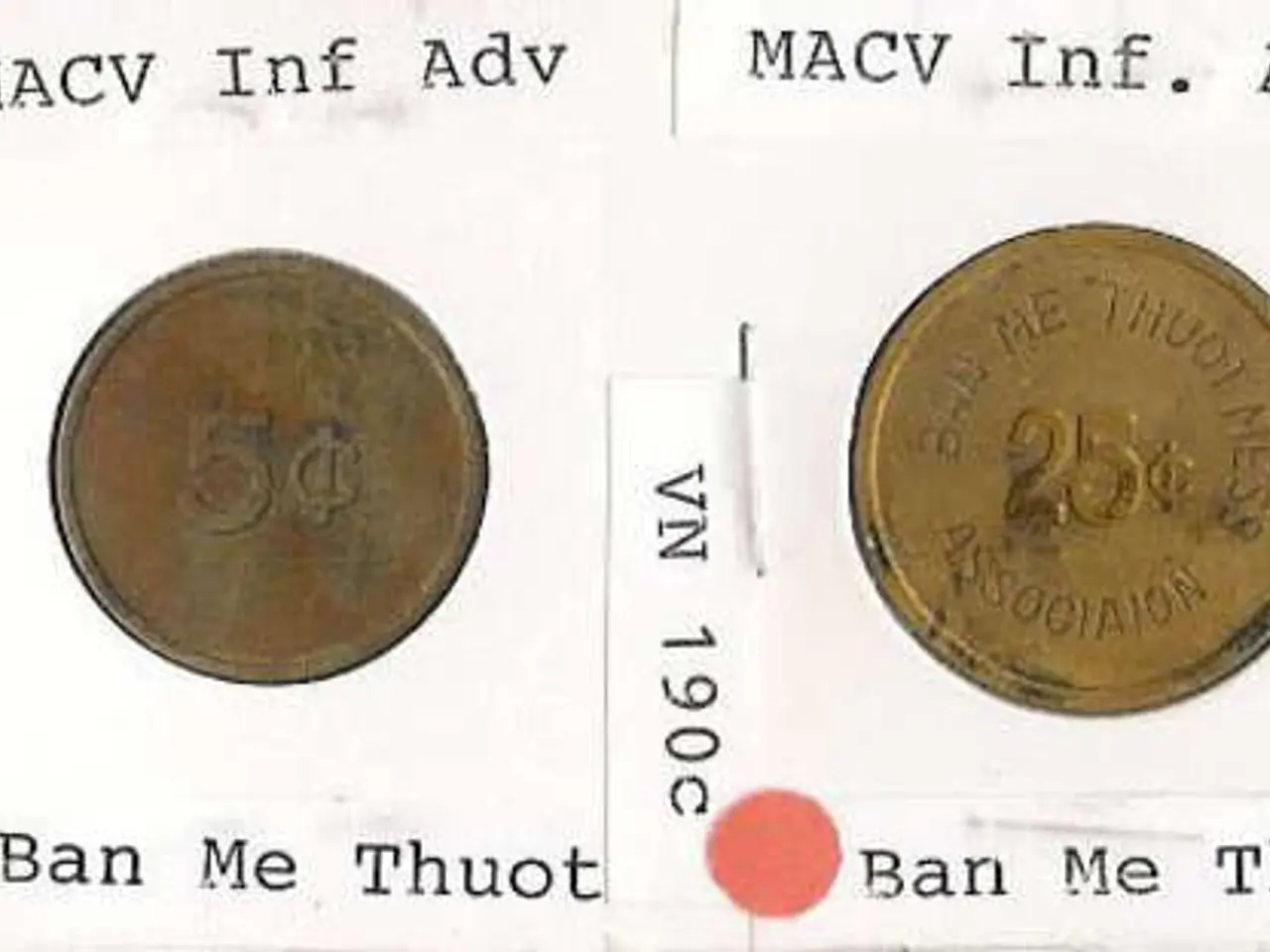Forecasted Trends in the Global B2B Cross-Border Payments Sector
The B2B cross-border payments industry is gearing up for significant changes in the coming year, as AI, blockchain, and real-time payments take centre stage. According to a report published by FXC Intelligence, these trends, along with others, are expected to reshape the industry and drive innovation.
AI and Fraud Prevention
One of the key predictions for 2024 is the increased use of AI in the B2B cross-border payments industry. AI is expected to boost fraud prevention and analytics, helping businesses make informed decisions, predict cash flows, and replace manual processes. Companies in the cross-border B2B payments space will leverage AI to analyze large datasets, making the industry more efficient and secure.
Blockchain and Distributed Ledger Technology
FXC Intelligence also highlights the growing use of blockchain and distributed ledger technology (DLT) in the B2B cross-border payments industry. This technology is expected to reduce transaction costs and speed up cross-border B2B transactions. Improved transaction tracking and the use of smart contracts will streamline the process, making it more transparent and secure.
Embedded Finance
Another trend predicted by FXC Intelligence is the shift to embedded finance. This involves integrating payment capabilities into digital platforms like e-commerce and SaaS, which lowers barriers for SMEs and expands cross-border payment accessibility and adoption.
Real-Time Payments and Automation
Real-time payments and automation are becoming increasingly important in the B2B cross-border payments industry. Efforts are being made to create interoperable global real-time payment (RTP) networks to overcome siloed domestic systems and support multi-currency processing. This evolution supports faster, cheaper, and more transparent cross-border transactions, essential for modern global trade and commerce.
Stablecoins
Stablecoins are also expected to feature in the B2B cross-border payments landscape, particularly for P2P payments in regions with high costs and slow speeds. However, their adoption potential varies by region and payment corridor, with Sub-Saharan Africa showing the highest potential for stablecoin use in cross-border payments.
FX Settlement and Trading Technologies
The interbank foreign exchange market, closely connected to B2B cross-border payments, is seeing growth driven by real-time FX settlement systems tailored for international trade and e-commerce, as well as consolidation through M&A focusing on digital and automated FX trading capabilities.
In summary, the B2B cross-border payments industry is ripe for transformation and innovation. With a market size expected to reach $56.1tn by 2030, companies in the industry are expected to focus on improving and integrating with local payment rails, driving the faster adoption of multi-currency wallets and improved IBAN solutions. They will continue to provide platforms that enable fast, less costly, and more transparent payments flows between businesses.
For more detailed information about these trends and input from a wide range of industry experts, click here.
The increased use of AI in the B2B cross-border payments industry will boost fraud prevention and analytics, helping businesses make informed decisions, predict cash flows, and replace manual processes. (Finance)
Blockchain and distributed ledger technology are expected to reduce transaction costs and speed up cross-border B2B transactions, making the process more transparent and secure. (Finance)




